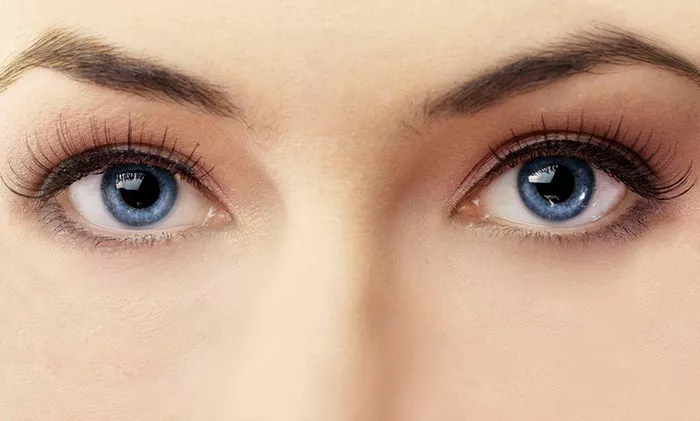Eyelid surgery, also known as blepharoplasty, is a popular cosmetic procedure designed to enhance the appearance of the eyelids by addressing issues such as sagging skin, puffiness, and excess fat. While the surgery can yield remarkable results, one common concern among patients is the potential for dry eye symptoms after the procedure. In this article, we delve into the topic of how long dry eye may last following eyelid surgery and provide insights into the healing process.
Understanding the Causes of Dry Eye after Eyelid Surgery
Dry eye is a common temporary side effect that some individuals may experience after eyelid surgery. The surgery involves making incisions on the eyelids, which can disrupt the normal tear film and affect the production and distribution of tears. Additionally, swelling, bruising, and the use of medications during the recovery period can contribute to temporary dryness and discomfort in the eyes.
The Healing Process
The duration of dry eye symptoms can vary from person to person, and the severity of symptoms can also differ. It’s important to remember that dry eye symptoms following eyelid surgery are typically temporary and should resolve as the healing process progresses. Here is a general timeline of what to expect:
1. Immediate Post-Operative Period (First Week):
During the immediate post-operative period, it is normal to experience some dryness, irritation, and discomfort in the eyes. This is mainly due to the inflammation, swelling, and the use of medications during this early stage of healing. Your surgeon may prescribe lubricating eye drops or ointments to help alleviate the dryness and promote healing.
2. First Few Weeks:
As the initial swelling and inflammation subside, dry eye symptoms typically improve. However, it is still common to experience mild dryness or occasional episodes of discomfort during this time. The use of lubricating eye drops or artificial tears can provide relief and help maintain moisture in the eyes.
3. Subsequent Months:
In the months following eyelid surgery, the dry eye symptoms should continue to diminish as the tissues heal and the tear film stabilizes. By this point, most individuals no longer experience significant dryness or discomfort. However, it’s important to note that individual healing processes can vary, and some patients may experience residual dryness for a slightly longer period.
Tips to Manage Dry Eye Symptoms
While dry eye symptoms are typically temporary, there are several steps you can take to manage and alleviate the discomfort during the healing process:
Use Lubricating Eye Drops: Regularly use lubricating eye drops or artificial tears as recommended by your surgeon. These help moisten the eyes and relieve dryness.
Avoid Eye Strain: Limit activities that may strain your eyes, such as reading for long periods or working on screens for extended durations. Taking breaks and practicing the 20-20-20 rule (looking away from the screen every 20 minutes, focusing on an object 20 feet away for 20 seconds) can help reduce eye strain.
Protect Your Eyes: Shield your eyes from environmental factors that can exacerbate dryness, such as wind, dust, and smoke. Wear sunglasses or protective eyewear when outdoors.
Stay Hydrated: Drink plenty of water to stay hydrated, as dehydration can worsen dry eye symptoms.
Avoid Irritants: Avoid exposure to irritants such as cigarette smoke, harsh chemicals, and strong perfumes, as they can further aggravate dry eyes.
Follow Post-Operative Instructions: Adhere to the post-operative instructions provided by your surgeon, including the proper care of the incision sites and any prescribed medications.
When to Seek Medical Attention
In most cases, dry eye symptoms after eyelid surgery gradually improve over time. However, if you experience severe or prolonged dryness, persistent discomfort, or any concerning symptoms, it is essential to contact your surgeon. They can evaluate your condition and provide appropriate guidance or adjustments to your aftercare regimen.
Conclusion
Dry eye symptoms after eyelid surgery are a normal part of the healing process and should subside with time. The duration and severity of dryness can vary from person to person, but most individuals experience significant improvement within the first few weeks to months. By following your surgeon’s instructions, using lubricating eye drops as needed, and practicing good eye hygiene, you can manage dry eye symptoms and support the healing process. Remember, patience is key as your eyes heal, and if you have any concerns, don’t hesitate to consult with your surgeon for personalized advice and reassurance.


